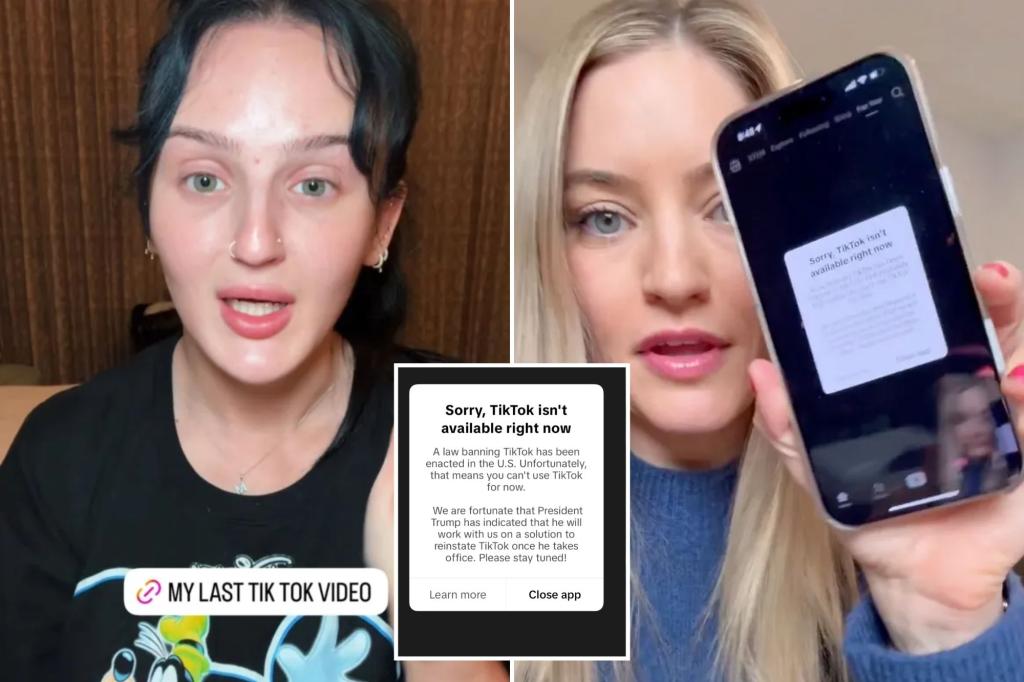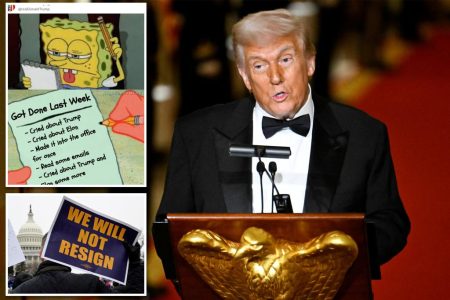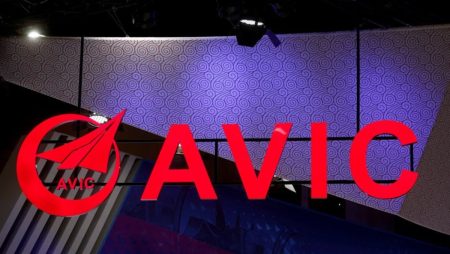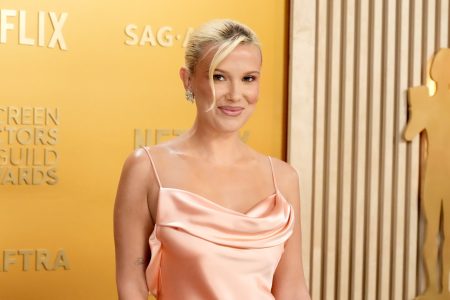The sudden disappearance of TikTok from US app stores sent shockwaves through its massive user base, triggering a wave of online mourning and panicked pronouncements of withdrawal. The ban, officially enacted just before 11 p.m. on January 18, 2025, left 170 million American users staring at a stark message: “Sorry, TikTok isn’t available right now.” The platform’s abrupt demise, anticipated yet seemingly sudden, sparked a flurry of activity on other social media platforms, particularly X (formerly Twitter), where users expressed their disbelief and distress. The hashtag #SaveTikTok, previously a rallying cry against the impending ban, became a digital epitaph for the beloved app. GIFs of nervous smoking, frantic pronouncements of “withdrawal,” and declarations of the ban as a “crime” flooded the digital landscape, capturing the sense of bewildered grief among TikTok’s dedicated community.
The reactions ranged from expressions of personal loss to accusations of government overreach. Influencers, accustomed to the constant engagement and validation of their TikTok followings, shared their struggles with adapting to the sudden silence. Mikayla Nogueira, a makeup influencer with 16 million followers, described her experience of “dissociating” and “crashing out,” capturing the sense of disruption the ban caused for creators who had built their careers and communities on the platform. Others, like podcaster iJustine, with her 1.8 million followers, echoed the sentiment, emphasizing the sudden void left by TikTok’s absence. These digital cries of despair painted a picture of a community grappling with the unexpected loss of a vital social outlet.
Beyond personal lamentations, the ban also ignited political debate. Some, like Republican State Delegate Sarah Fields, framed the ban as an act of censorship, arguing that the government had unconstitutionally silenced millions of voices. This perspective highlighted the tension between national security concerns and the constitutional right to free speech, a debate that had been central to the legal challenges against the ban. The removal of TikTok, a platform used by a diverse range of users for entertainment, information, and political expression, brought this conflict to the forefront, raising questions about the government’s power to regulate online speech and the potential consequences for democratic discourse.
The ban stemmed from long-standing concerns about TikTok’s Chinese ownership and its potential for data exploitation and influence by the Chinese government. These concerns, voiced by bipartisan members of Congress and the Justice Department, had led to the legislation requiring ByteDance, TikTok’s parent company, to divest its stake in the platform or face a nationwide ban. Despite TikTok’s denial of these allegations and its legal efforts to challenge the ban, the Supreme Court ultimately upheld the law, setting the stage for the platform’s demise in the US market. This decision reflected the growing apprehension surrounding the influence of foreign-owned tech companies and the perceived risks they pose to national security.
The Supreme Court’s decision, delivered on Friday, January 17, and the subsequent swift action to enforce the ban, left little time for users to adjust. The mandated deadline of January 19 for ByteDance to divest its stake or face the ban, coupled with the imposition of potential fines on service providers like Google and Apple for non-compliance, created a tense atmosphere leading up to the shutdown. The swift removal of the app from both app stores underscored the seriousness of the situation and the government’s determination to enforce the ban. The suddenness of the enforcement left many users reeling, unprepared for the abrupt severing of their connection to the platform and its community.
However, a glimmer of hope remained for TikTok’s American users. President-elect Donald Trump, scheduled to return to the White House on Monday, had publicly expressed his intention to “save” TikTok, a platform he credited with contributing to his November election victory. In an interview with NBC News on Saturday, Trump indicated a willingness to grant TikTok a 90-day extension to negotiate a deal, potentially offering a lifeline to the beleaguered platform. This intervention added a layer of complexity to the situation, introducing the possibility of a reprieve or a renegotiated agreement that could allow TikTok to resume operations in the US. The future of TikTok in the US remained uncertain, hanging in the balance of political maneuvering and negotiations, leaving its millions of users in a state of suspended animation.










